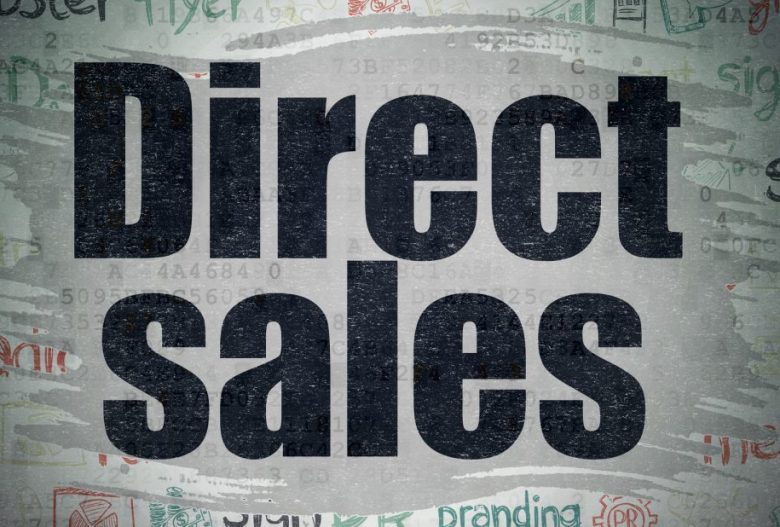Although there are many reasons someone decides to start their own company, such as independence or pursuing their passion, a common motivator is to make money. Depending on the nature of your business, this doesn’t simply mean selling your product for more than you spent to realize it or providing a profitable service. To get high returns on your investment, it’s just as important to look at ‘how we’re going to sell our offering’ over and above ‘what we’re going to sell.’ In this article, we’ll be looking at how to increase profit margins as opposed to merely generating revenue.
In previous articles, we’ve looked at different business models and how each suits different products and services. The reason why entrepreneurs need to define their model from the outset is so that they are clear about how they’re going to reach customers by creating a distinct identity and coherent company message to the audience so that they stand out from competitors.
For example, if you operate a taxi business or provide food delivery such as Lyft and Grubhub, company owners can consider a peer-to-peer model service where both businesses merge to extend their offering and by extension their profits. Perhaps, instead, your company sells clothes, one of your options is the Drop Shipping model where you sell products on your website from third parties who also manage costs involved with inventory and shipping.
This article, however, focuses purely on the direct sales business model, where, unlike the above examples, there is no middle man to bring suppliers and customers together. In this model, business transactions happen between your company, through sales representatives, and your customer, the end user. Although company expenses will include commissions or discounts, this model is among the most affordable.
Let’s look at this model in more detail.
What is a Direct Sales Business Model?
When you design your company around direct sales, you get your product or service to customers by taking the shortest route where you don’t deal with wholesale or distribution centers. Because, as a business owner you can’t be everywhere at once, you’ll have sales representatives who bring your offering to the wider market. Besides being enthusiastic and resilient, your salesforce will need to know their customer’s needs and have in-depth knowledge of how your product or service can meet those.
This model is also not based in a retail environment where, when employees are not working from their homes or the office, they’re out on the road meeting potential buyers. As a company owner, you’ll have to support your sales representatives by equipping them with catalogs, free samples, and demo models so that their pitch has more chance of success. Avon is an example of a business conducted in this way.
How Does The Direct Sales Business Model Make Money?
The direct sales business model generates income by building personal relationships and using strategic partnerships with, for example, influencers who push sales based on their reputation and established following. Within this model there are various approaches to reaching your target market, namely:
- Single level. Also referred to as one-on-one sales, this is where the sales representative presents your product to the prospective client by, for example, going door-to-door. These days, however, this has been replaced with means such as e-mail marketing which has a greater reach and is more affordable by cutting out travel expenses. Either way, sales representatives need to build trust by creating a sincere first impression. Social media offers one way to do this where you can build credibility through telling stories that potential customers can relate to. Platforms such as Facebook also provide the opportunity to create a community.
- Binary. This type of approach is where each sales representative recruits two more representatives to create a close-knit structure where more members lead to more leads.
- Host or party plan. In this instance, the sales representative presents your product to potential buyers in a sociable environment. For example, by hosting a cooking show, a tasting event, or doing a demo featuring your product.
- Multi-level. Sales representatives sell through this channel by encouraging people to join a network through memberships where representatives not only get a commission from their sales regularly but who benefit from sales made from their recruits. An example of this is Amway where sales representatives can operate as freelancers or even become small business owners.
Examples of the Direct Sales Model.
So far, we’ve looked at Avon and Amway to illustrate the direct sales model. Other examples of businesses that use this model are companies such as H&M and Zara because they all control the supply, design, manufacturing, and distribution of their products.
Tupperware’s model is also based on the removal of the middleman so that prices remain competitive. Their approach is multi-level where they have a network of users of their product who in turn add to their income by influencing the purchasing decisions of prospective buyers. Transportation. Car manufacturers such as Renault launched their direct sales platform online in April 2022 where they have eliminated costs associated with dealer markups. Ford and Toyota aim to do the same soon.
Advantages of the Direct Sales Model.
Compared to other business models, having direct interaction with prospective buyers and existing customers that are characteristic of direct sales come with the following benefits:
- Customized products and services. Having access to direct feedback from buyers helps your company tailor-make its offering which in turn saves on marketing costs because your product or service is easier to sell.
- Cost control. Because there are no third parties involved in this model, your company can offer competitive prices. The cost of advertising is also significantly lower as sales representatives start by selling to their acquaintances, family, and friends by word of mouth.
- Customer loyalty. Building relationships with your clients not only secure repeat business but also ensures your company’s chances of survival during tough economic times.
Disadvantages of the Direct Sales Model.
As with all approaches to business, there are pros and cons and it’s up to you, the owner, to decide what risks you’re willing to take to excel in your endeavors. Let’s look briefly at the potential drawbacks of the Direct Sales Business Model:
- Lack of diversification. Because of the direct contact with customers, the success of this model depends on acting on feedback from customers to maintain a successful business relationship. The challenge here is that because of the effort that goes into personalizing products, there is little room left for growth where company owners would rather stick to what they know works. This makes a business less dynamic where there is no impetus to expand your offering because it sells.
- High staff turnover. Because of the demanding nature of sales, this business model has a high employee renewal rate. The company, therefore, has to spend a significant amount of time recruiting and retraining new representatives which takes resources.
- The intrusion of personal relationships. Because income generated from this business model is mostly from close contacts and by reaching the peers of sales representatives, trying to push a sale with such close acquaintances can leave them feeling taken advantage of, which can harm the relationship.
In this article, we’ve looked at the direct sales business model, how it makes money, and what some of the examples are. We’ve also looked at the pitfalls so that you can weigh the positives and negatives of adopting such a model.
As a business owner, before choosing this or any business model to ask yourself how your company adds value to customers and enhances their experience so that not only do you operate at a profit but that you secure future business because you’ve been able to connect with your customer.













Pingback: Understanding the Direct Sales Business Model – Joseph O'Dierno Buffalo